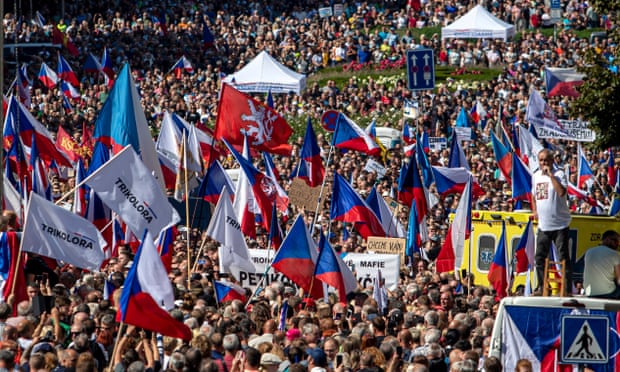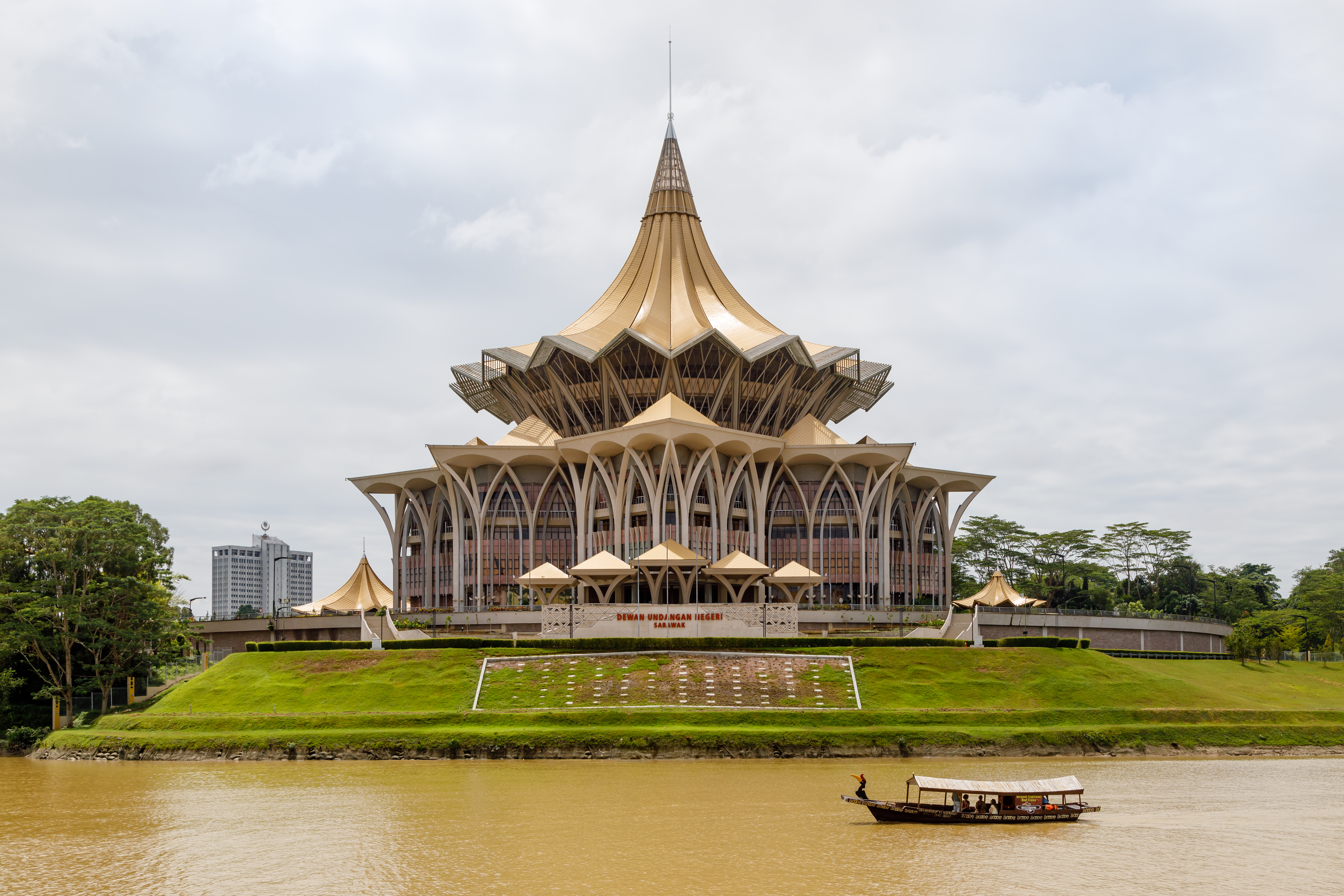This will
be a somewhat disjointed blog post about a visit to Slovakia. I don´t even
remember the year I visited the country. Maybe it was 20 years ago. Maybe even
earlier. I stayed for over a week in a Slovak-Polish border region known as
Spis (pronounced Spish). Most of the time, I cruised the local churches and
cathedrals, marveling at the Byzantine Revival architecture, listened to the
strange tall tales about the medieval Carthusian monastery, and other such
strange pastimes which I found worthwhile in my insufficiently misspent youth.
A funny detail: some of the teenagers standing in line outside the Levoca
cathedral, a tourist hub of some standing, were smoking pot! I suppose their
youth really was misspent…
A large
proportion of the population of Spis turned out to be Gypsy. I don´t remember
the exact figure. Perhaps it was around 15%. Perhaps even somewhat more. So I
decided to query my Slovak informants (one of whom spoke English) about the
Gypsy problematique. Back in the days, I knew next to nothing about Gypsies
over and above the obvious, and with a few exceptions, I had only encountered
Finnish Gypsies, whose culture and even appearance was strikingly different
from those in Slovakia. At the time, I had no idea that the Roma were an
extremely heterogeneous group, really a cluster of several different “peoples”
than a single one. I haven´t done any further research on Slovak Gypsies since,
so I present this observations completely raw, as recollected by an innocent naïf
over 20 years ago.
The Gypsies
in Spis are dark-skinned and vaguely Indian-looking. I´m not sure which dialect
of Romani they speak – perhaps Vlax Romani, since Slovak political parties have
published election information in that language (yes, really). The Gypsies in
the cities speak relatively good Slovak and use Slovak when communicating with
other Gypsies. The Gypsies in the “settlements” (in the countryside) speak
Slovak with a heavy “foreign” accent when encountering Slovaks, but Romani within
their own group. (In Bratislava, the national capital of Slovakia, I also saw Gypsies
speaking Slovak-with-a-strange-accent amongst themselves. I´m not sure if the
accent was Romani or Hungarian! Many Gypsies in southern Slovakia would have at
least a working knowledge of Hungarian.)
The small
Spis town I visited was 100% segregated, with Gypsies living in a separate part
of the town. Also, the Gypsy neighborhood was really divided into two. The
houses in the “better” part were of worse quality than the Slovak houses, and
probably built by the inhabitants themselves, but still tolerable. These were
the Gypsies who had seasonal employment at road constructions in Germany or
Austria. In other words, they had some money to spend. In the bad part, people
lived *literally* on Third World level, in dwellings reminding me of the slums
in South America or Africa. These were the unemployed Gypsies. Seeing this
level of destitution in a European nation was…weird. Weird and shocking.
Later, I
met a Catholic priest (let´s call him Pavel) who told me the following. As an
outspoken anti-Communist, the Czechoslovak Communist regime decided to punish
him with a kind of de facto internal exile. They made him priest of a parish in
a Gypsy settlement somewhere in northern Slovakia! I don´t remember if it was
Spis or some other region. Since “Whites” (Slovaks call themselves “Whites” in
relation to Gypsies, who are “Blacks”) and Gypsies don´t particularly like each
other, this was intended as some kind of cruel and unusual punishment. However,
Pavel managed to get by with relative ease. The local Gypsies, while mostly indifferent
to the Catholic Church, regard clergymen with superstitious awe. The priest
(called “rasha”) is seen as a conduit of supernatural power. This explains why
Gypsies insist on baptizing their children. Otherwise, they virtually never
show up at the services. However, they believe that rasha has the ability to
lift Gypsy curses, and therefore visit the priest whenever some family conflict
has been resolved and the (supernaturally binding) curses pronounced during it
needs to be dispensed with! Pavel had no idea what to do in situations like
these, and simply improvised…
Pavel
clearly didn´t like the Gypsies. He believed very strongly that the Roma want
to live like they do, and that their situation had nothing to do with poverty,
per se. He also claimed that they were thieves by cultural commandment. The
Gypsies in the region supposedly had a tradition known as “the first theft” – a
boy had to prove himself to his father by stealing something from the gadjos
(the Gentiles or non-Gypsies). This explained the incredibly high amount of
incarcerated Gypsy teenagers in the region. Somewhat surprisingly for an “anti-ziganist”,
Pavel actually believed that the first theft should be de-criminalized! It
would substantially lower the number of youth delinquency center inmates… Either
Pavel or another Catholic priest also claimed that the Gypsies had a bizarre
tradition that Jesus had given them permission to steal, after a Gypsy had
stolen one of the nails from the cross of Christ but been pardoned by him! (This
legend also exists in a “negative” version – that Gypsies are forever cursed to
wander the Earth due to their theft of said nail. In Spis, this idea is said to
exist among Gypsies in a positive form.) I have no idea of knowing whether any
of this is true, or a gadjo urban legend.
After the fall
of Communism, it seems that there are two prominent “Whites” in every Roma “settlement”.
One is the priest. The other is the bar-owner. Thus, there is a White-owned bar
or saloon in every Gypsy settlement. The barman functions as an informal
banker, and presumably also as a kind of middle-man between the Gypsies and the
proper authorities. The social problems are even worse than under Communism,
when the Gypsies had (usually lowly) jobs in industry. Today, many are
unemployed or forced to work abroad. The traditional Gypsy trades, which
included master-builders, artisans and entertainers, have either disappeared or
been taken over by gadjos. This leaves the Gypsies in a marginalized position,
to a large extent due to their fear of “assimilation”. Thus, many Gypsies in
Spis refuse to send their kids to Slovak public schools, since they fear that
this will turn them into Slovaks (which may indeed be the goal of Slovak
schooling).
Many
mysteries of Romanihood can be explained if this conscious and systematic separatism
is kept in mind. I naively asked my informants why the Gypsies, who form a
substantial portion of the Spis electorate, don´t form their own political
party, since this would almost guarantee them the balance of power in the Spis
regional parliament. My question was met with incredulous smiles… (For the
record, two Roma political parties *did* exist in Slovakia at the time, but
they were both very small. Their story is a strange one, too, but that´s for
another time.) Another obvious question is why the bar-owner or banker is White.
Why can´t the Gypsies simply take over the rum trade – and the banking –
themselves? *Some* of them do have money, and it only takes a few rich guys to
control the entire operation, especially if most others are underprivileged. My
guess is that the Gypsies are split into different clans and sub-clans, making
it downright impossible to unite them. Also, they have to both keep majority
society at arm´s length *and* reach some kind of pragmatic accommodation with
it. Both goals are kept by *not* voting in elections, except maybe sometimes
for Slovak parties, and the second goal is kept by having two White brokers in
the village (the priest and the bar-owner).
End of story.


.jpg/800px-The_Third_Man_(1949_American_theatrical_poster).jpg)










.jpg)



.jpg)